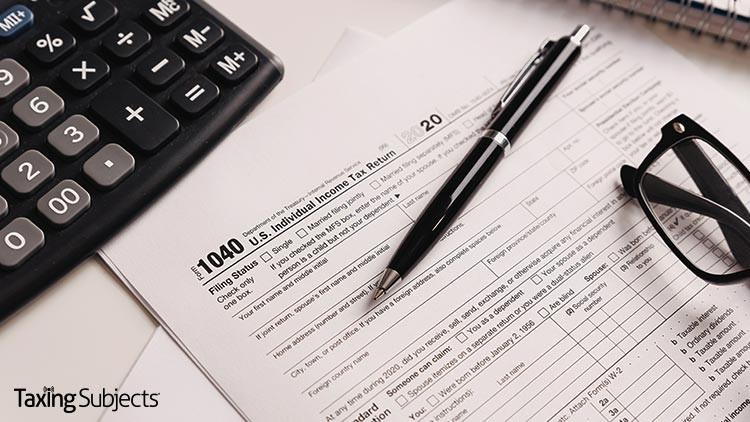
First-time income tax filers and those who usually don’t have a federal filing requirement are being urged to reconsider sitting out this filing season. They may be eligible to claim the Recovery Rebate Credit—but they have to file an income tax return to get it.
The new refundable credit was authorized by the Coronavirus Aid, Relief, and Economic Security (CARES) Act and the COVID-related Tax Relief Act.
Granted, most people who are eligible for the Recovery Rebate Credit have already gotten the full amount in two rounds of payments, called Economic Impact Payments or EIPs. The IRS says all the first- and second-round EIPs that the law allows have already been issued.
Some individuals may have been eligible, but still didn’t get the first or second Economic Impact Payment—or they received less than the full amounts. If that’s the case, they may be able to claim the Recovery Rebate Credit and must file a 2020 federal tax return, even if they don’t normally have to file.
The credit is not open to taxpayers who received the full amounts of both Economic Impact Payments, so those who got the full EIPs won’t include any information about the payments on their 2020 return and can’t claim the Recovery Rebate Credit.
Filing for the Recovery Rebate Credit
The first Economic Impact Payment was based on a person’s 2019 tax year information—or 2018 if the 2019 information wasn’t available. The second EIP was based on a person’s 2019 tax year information.
The Recovery Rebate Credit is similar in structure, except both the eligibility and the amount are based on 2020 information on the tax return, and the amount is reduced by any Economic Impact Payments the filer has received.
People who weren’t eligible for either or both Economic Impact Payments may still be eligible for the Recovery Rebate Credit, since it’s based on their 2020 tax return information.
Those with lower income in 2020 or who were claimed as a dependent on someone else’s tax return in 2018 or 2019, but who cannot be claimed as a dependent of another in 2020, may now be eligible for the Recovery Rebate Credit.
To claim the credit based on current information, eligible individuals must file a 2020 federal tax return.
For more information about the Recovery Rebate Credit, see Frequently Asked Questions at IRS.gov.
Filing a 2020 tax return
As with all things relating to the Internal Revenue Service, file a complete and accurate tax return to avoid complications and refund delays. Your trusted tax professional of choice can help filers navigate questions about income, credits and deductions and figure the Recovery Rebate Credit.
The Form 1040 and Form 1040-SR instructions include a worksheet that may be helpful.
Filers need to know the amount of their Economic Impact Payments in order to claim the credit. If a filer doesn’t have their Economic Impact Payment notices, they can see the amounts of their first and second EIPs through their individual online account.
For married-filing-jointly filers, each spouse needs to log into his or her own account.
For those who qualify, the Recovery Rebate Credit will be included with any tax refund; it won’t be issued separately. And as is the case with any federal income tax refunds, the fastest payments are those that are direct-deposited.
Taxpayers looking for answers?
Visit IRS.gov/filing for details about finding a trusted tax professional.
Source: IR-2021-49
